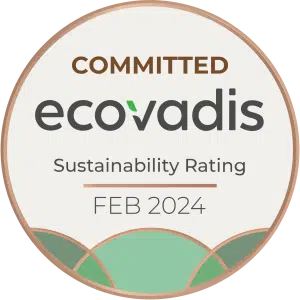Toymaker Lego is building towards a 2025 sustainability goal, and one of the steps it is taking towards this is experiments to change how their highly popular bricks are created.
This is one step the Danish producer of plastic bricks is using to ensure their highly popular toys are sustainable, along with removing single-use plastics from their packaging, according to a press release on their website.
Lego have since 1963 used an oil-based plastic, acrylonitrile butadiene styrene. The biggest stumbling block to switching to a sustainable brick is replacing the resilient and study material with an environmentally friendly alternative that is just as strong.
The best candidate so far is a bio-polyethene, using sugarcane as the ethanol supplier. The bricks have succeeded at being sturdy enough, but Lego’s internal studies have highlighted problems with separating the bricks apart. This is a problem for a toy aimed at children.
Lego also notes that any replacement needs to match the current bricks in terms of colour, texture and the sound of connecting pieces.
For less structurally significant pieces, bio-ethanol based plastics are already being used, such as trees, bushes and leaves. These pieces do not need to survive the rigorous tests a Lego brick faces during its life, so can be made with the different material.
Being sustainable and robust at scale is vital to Lego’s success. Over a thousand bricks are manufactured every second, for around 36bn blocks every year, before tyres and other components are considered.










